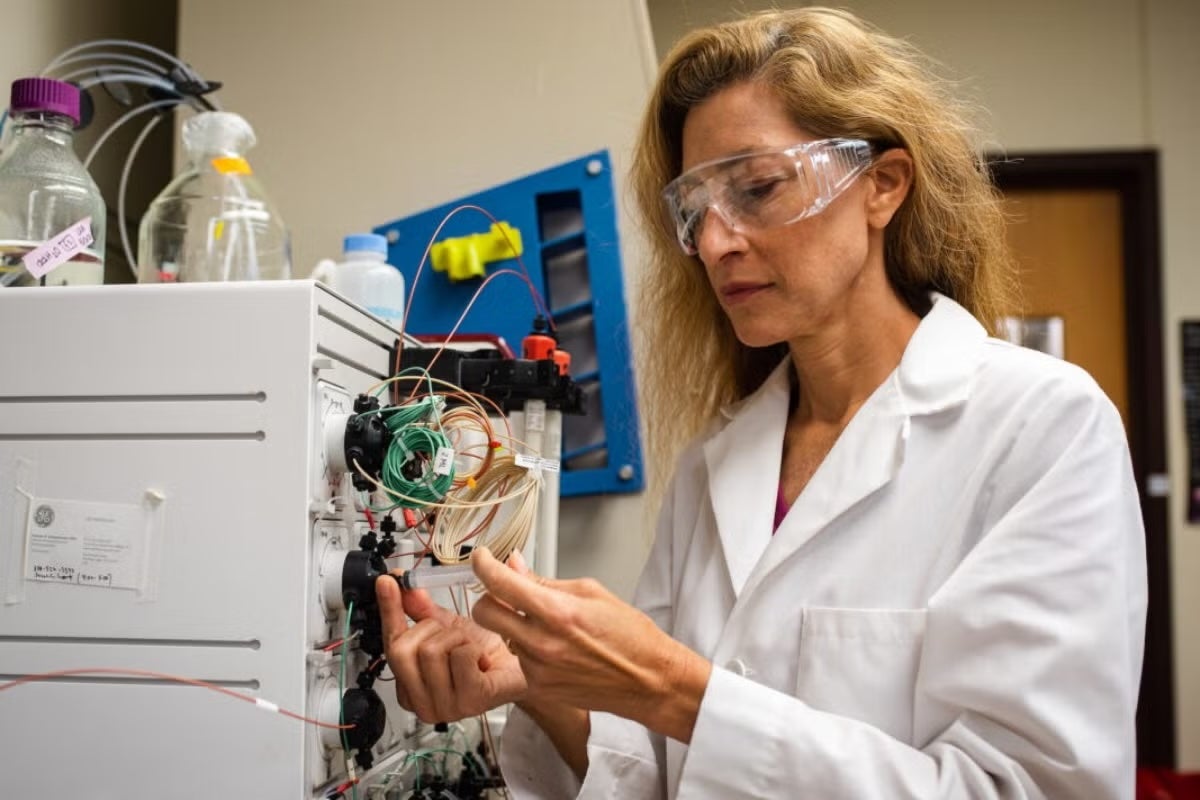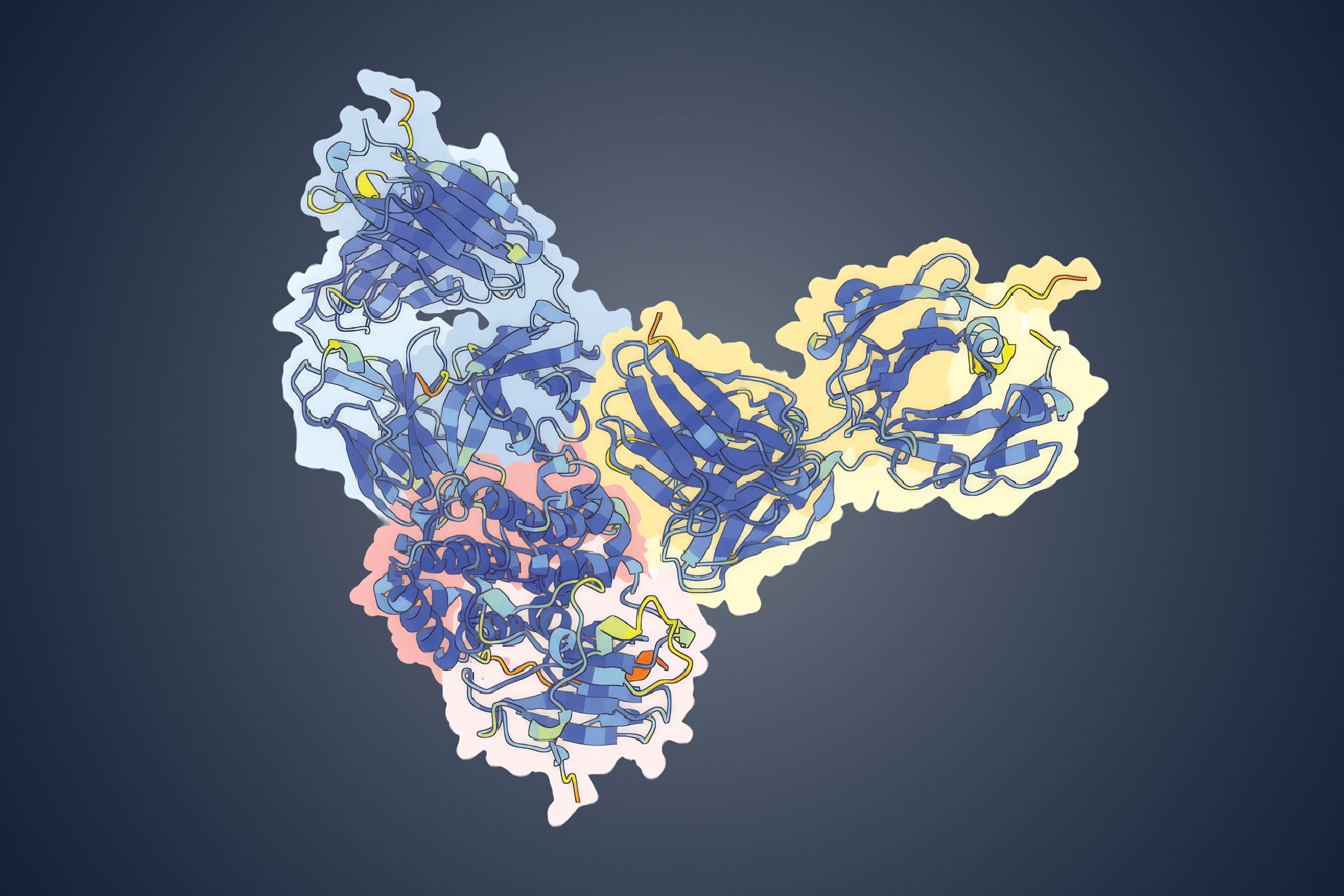
A team of researchers from The University of Texas at Austin and University of Texas Southwestern Medical Center have solved a decades-old mystery about how DNA organizes itself in the cell. In doing so, the researchers have potentially unlocked clues about a set of rare genetic conditions.
In a paper published in the journal Science Nov. 28, Ilya Finkelstein, associate professor of molecular biosciences at UT Austin, outlines how two important protein complexes, cohesin and NIPBL, interact with each other to condense DNA and organize it inside the nucleus of a cell.
"Imagine trying to pack two meters of string into a bag that is only 10 microns across. That's what cells are trying to do with the DNA in the nucleus," Finkelstein said. "We've known for decades that cohesin plays a role in this, but we were missing pieces of the puzzle to understand exactly how it works."
Cohesin is a ring-shaped protein complex that moves along strands of DNA and collects them into loops, organizing them within the cell so that they can be converted to RNA, or transcribed, later on.
What scientists didn't have a complete picture was how cohesin was loaded onto the DNA molecules. Using advanced microscopy capable of resolving individual DNA molecules, scientists were able to watch the cohesin proteins act on DNA at the molecular level.
For the intricate work of getting DNA into condensed formation inside a cell's nucleus, the team discovered, a hook-shaped protein complex called NIPBL (short for nipped-B-like protein) acts something like the latch on your shower curtain rings. It interacts with cohesin and loads it onto the DNA molecule, in essence closing and locking the ring-shaped cohesin around the strand so that it can form DNA loops. Without NIPBL, they found, the latch came undone, meaning cohesin did not bind to the DNA or compact it.
"Our picture is now complete," said Finkelstein. "This rewrites our understanding of how our DNA is organized."
When mutations occur in the genes that govern cohesin and NIPBL, DNA is copied incorrectly as cells divide. It can lead to cancer and a cluster of rare conditions like Cornelia De Lange syndrome and Roberts syndrome. Symptoms of these genetic conditions can include dwarfism and autism spectrum disorder, as well as abnormalities of the face, head and limbs. The clinical severity of patients with these conditions underscores the central role that cohesin plays in organizing our DNA into functional units.
Hongtao Yu, Yoori Kim and Zhubing Shi of the Department of Pharmacology at UT Southwestern Medical Center contributed to the research, along with Hongshan Zhang a post-doctoral fellow in the Department of Molecular Biosciences at UT Austin.
Funding for the research was provided by the Howard Hughes Medical Institute, the National Institutes of Health, the Cancer Prevention and Research Institute of Texas (CPRIT) and the Welch Foundation. Finkelstein is a CPRIT Scholar in Cancer Research.



